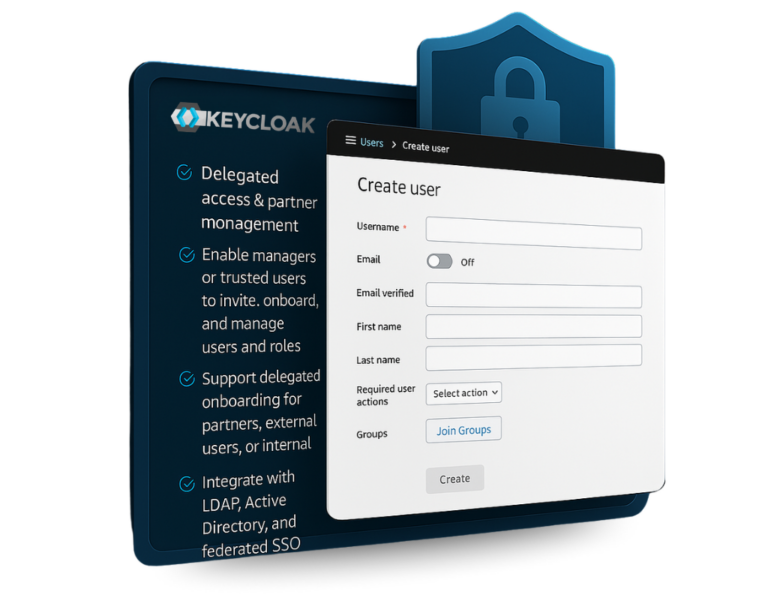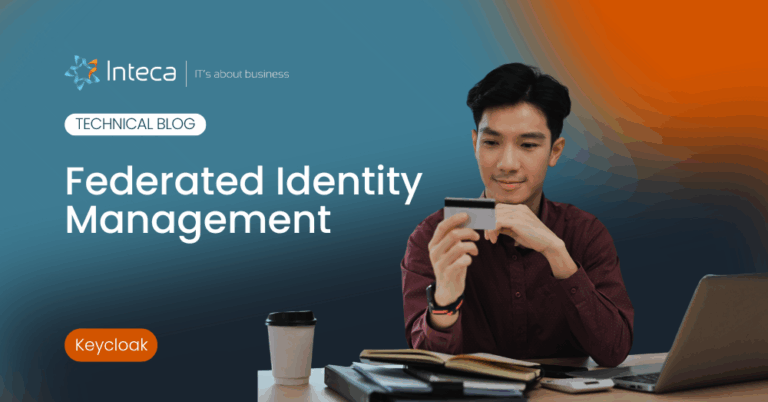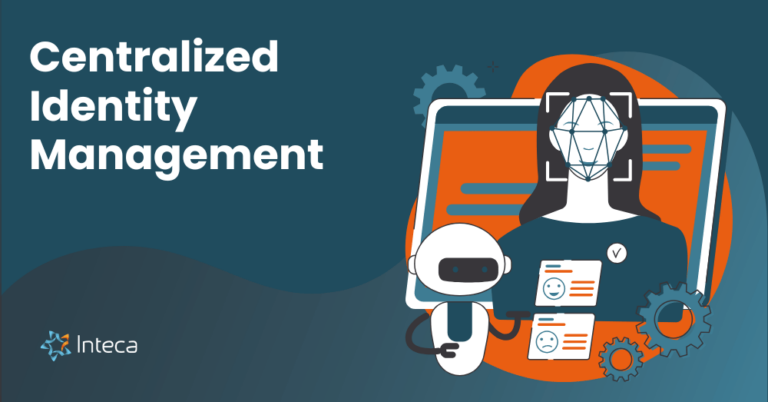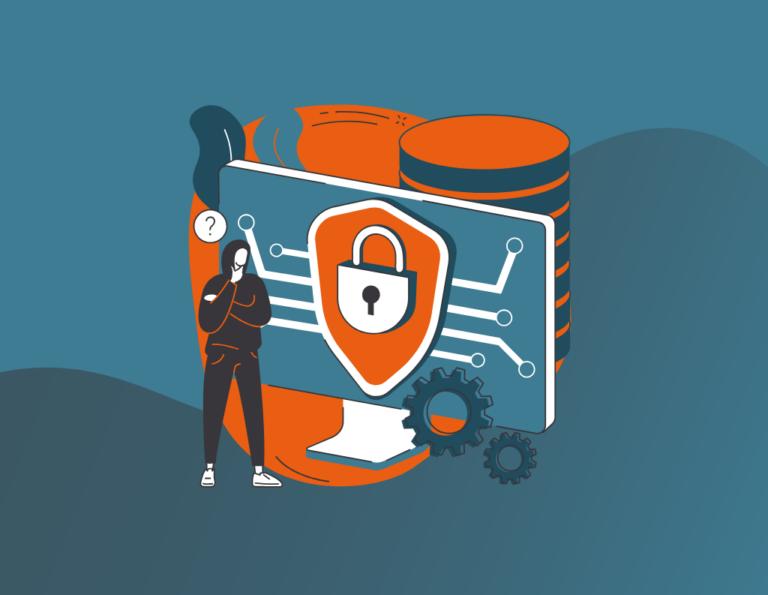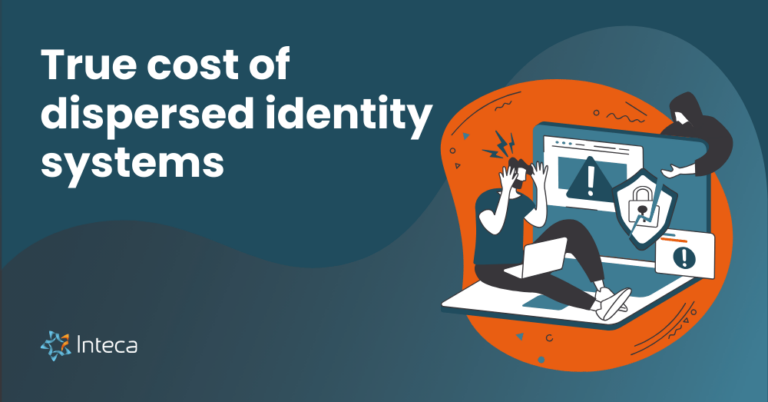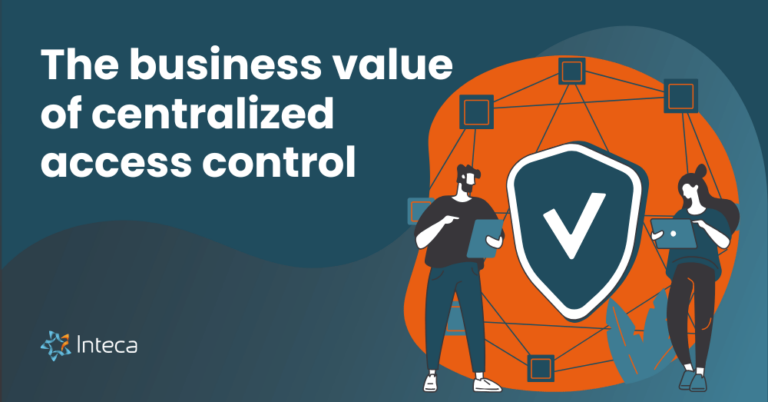Auth0 Alternatives in 2025: More Control, Less Cost with Keycloak
This article compares the best Auth0 alternatives in 2025 for organizations seeking more control, open-source flexibility, or scalable identity and access management solutions tailored to real-world use cases. Modern applications require secure, flexible identity management. While Auth0 is a popular platform known for developer-friendly authentication and authorization, rising costs, limited customization options, and vendor lock-in…

